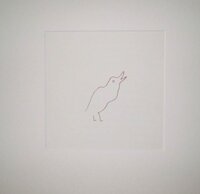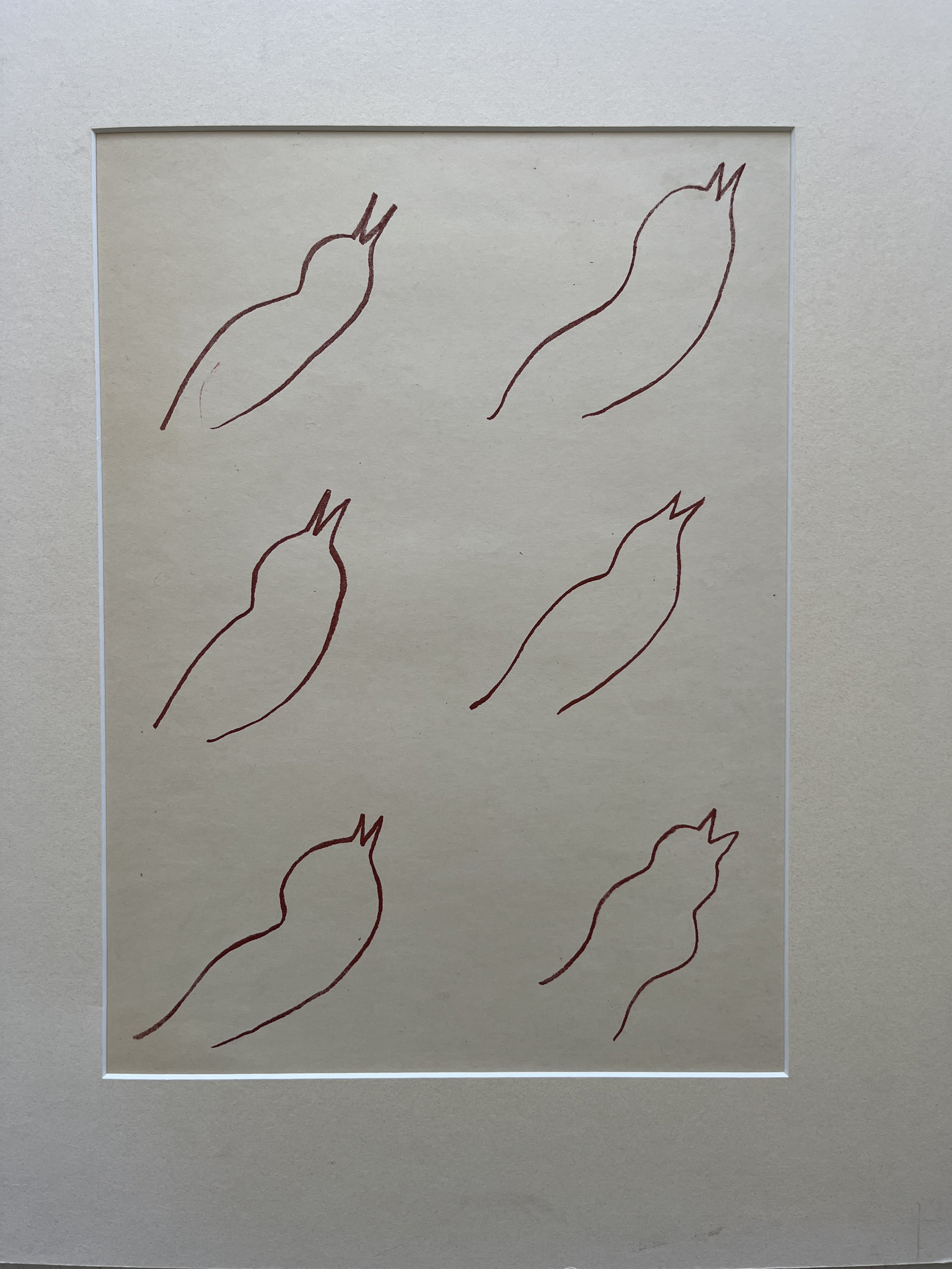
Matisse read the beautiful love poetry of the Renaissance French poet Ronsard and was moved to make some of the most romantic images of his lifetime. These original lithographs of lovers, pretty faces, birds, hearts, leaves and flowers were made by Matisse during the 1940s and published, interspersed with the poetry which inspired them, as Florilege des Amours de Ronsard, in 1948, in an edition of 320. His mastery of the expressive language of colour and drawing, displayed in a body of work spanning over a half-century, won him recognition as a leading figure in modern art.
(1869-1954)
Henri Matisse
Matisse was the unlikely leader of the small force of shock troops that created Modernism in painting. Cool by temperament, he painted pictures in feverent colours that altered sensibilities overnight. In his later years, Matisse came to be regarded as someone who had betrayed his original avant-garde principles – until the flowering of his astonishing late phase. His reputation for aloofness is belied by the practical friendship he gave to many of his fellow artists, including men otherwise as different from one another as Pierre Bonnard and Andre Masson.
Matisse was born on the 31st December 1869, the son of a grain merchant who lived near St.Quentin, where he went to school before studying law in Paris. He attended drawing classes at the local art school while working as a lawyer’s clerk in St. Quentin. In 1890 he started to paint in oil after his mother gave him a box of paints while he was convalescing from appendicitis. Despite his fathers objections he enrolled at the Academie Julian in Paris, under Bougueruau, but his most influential education came from the Symbolist painter Gustave Moreau. Matisse met Georges Rouault and Albert Marquet and earned money selling copies of the French C18th works in the Louvre.
In 1896 he made a belated debut as a professional by being accepted by the Salon de la Societee nationale de Beaux – Arts. Married Amelie Parayre in 1898. Matisse was having limited success and was forced in 1900 to join decorators to paint laurel leaves in the Grand Palais for the Exposition Universelle in order to get an income. However, he gradually became better known having his first one man show with Ambroise Vollard in 1904. 1905 saw the hugely successful show at the Salon d’Automne that saw his reputation take-off.
Matisse’s position of leadership among the younger painters was challenged by the emergence of Cubism and the growing reputation of Picasso. He remained in Paris and Nice during the First World War. In the 1930’s Matisse separated from his wife. Following a stomach operation in 1941 Matisse’s health was permanently damaged, he was unable to sit upright for long periods. The chief enterprise of his last years was for many people a surprising one. Between 1948 and 1951 he decorated a chapel in Venice for a convent of Dominican nuns. Apart from its stained glass windows, the decorations are black and white, their boldness of line, however makes them completely congruous with the brilliantly coloured large scale paper cut-outs which were the chief products of Matisse’s last years. Matisse was still working energetically on this project when he died in 1954.







